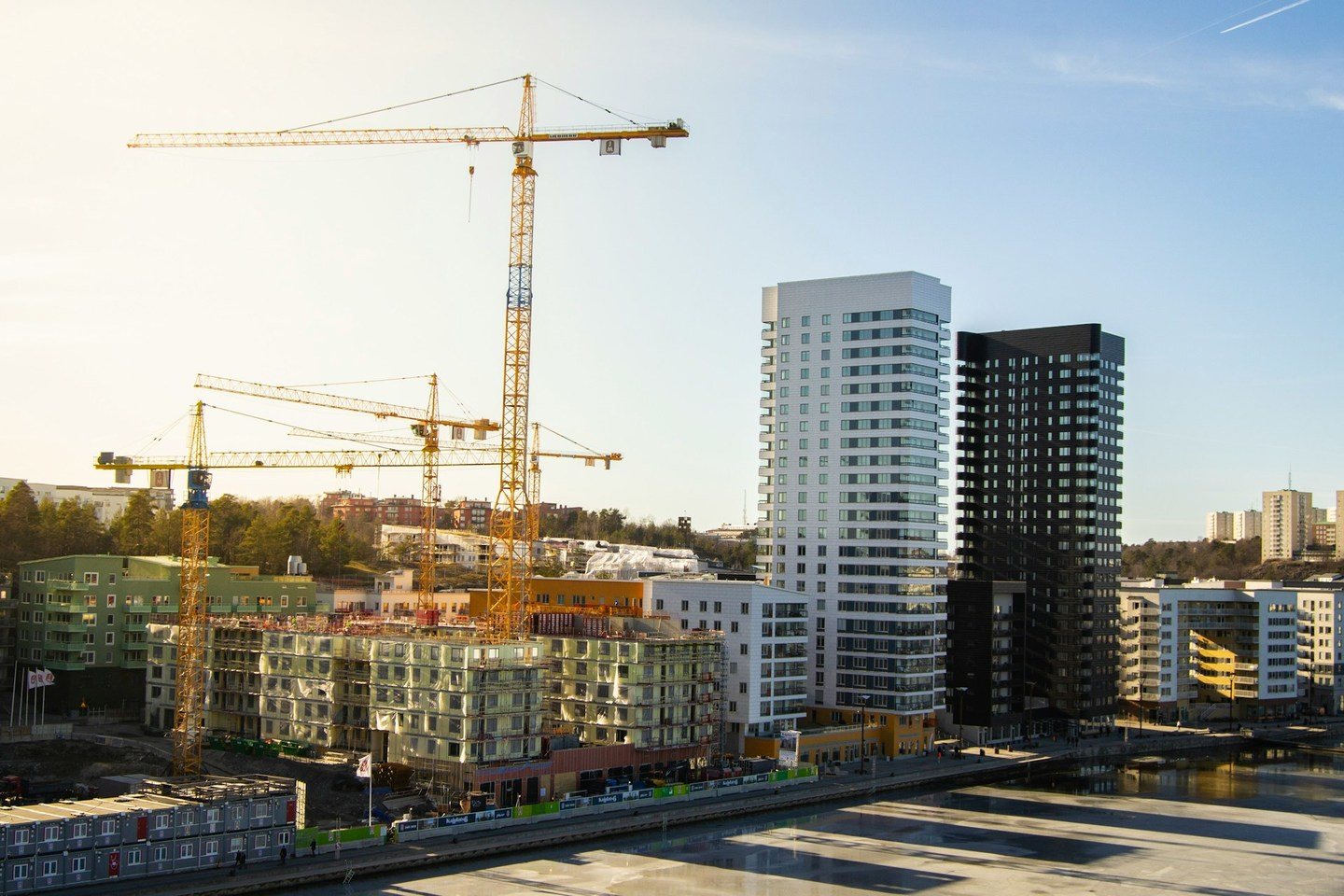It’s not just another acronym: BNG is a legal requirement for new housing developments and a potential reputation booster that all developers need to know about. Here’s the inside-track.
What is biodiversity net gain (BNG)?
Let’s break the phase down. ‘Biodiversity’ refers to ecosystems – the animals, plants, fungi and microorganisms that make up the natural world. And we’re not just talking about wildlife. Hedgerows, woodlands, streams and grasslands all work in a delicate balance alongside birds and animals.
Building a property development inevitably damages local biodiversity, so the ‘net gain’ element is about balancing construction works with efforts to boost natural habitats; new developments must increase the biodiversity value of the site by 10% or more to meet Biodiversity Net Gain legislation.
What is the Biodiversity Net Gain guidance for developers?
Developers need to leave the site 10% richer in biodiversity than when they bought it. So far so good. But how can you measure something as vague as biodiversity?
With Biodiversity metric tools. There are a few types, but the one you need to know about is Defra Biodiversity Metric 3.1. Every habitat on a site is given a ‘unit value’ which are combined to produce an overall score. This takes into account the number of different habitats as well as the size, condition and type of each one among a few other factors.

Defra Biodiversity Metric 3.1 is the score that needs to be increased by 10% by creating or restoring habitats – and preserving them for at least 30 years.
Delivering a Biodiversity Net Gain strategy
There are three main stages of a BNG strategy:
Understand the existing biodiversity of the site
get a handle on the type, location and value of the on-site biodiversity. A biodiversity baseline survey, usually completed by an ecological consultancy, will locate and measure different habitats and biodiversity metrics. They’ll also provide an overview of the best places for development to minimise damage.
Your survey should also indicate the best restoration strategies. That would include what potential habitats to create and where, which is one of the most effective ways to achieve the 10% goal. Plus it should give you an idea of how much budget to set aside to meet Biodiversity Net Gain legislation.
Plan to conserve existing biodiversity
Use the baseline survey to inform your development plans. One of the biggest decisions is whether you can deliver the net gain on the development site itself. Here’s a quick breakdown of onsite vs offsite net gain:
Onsite
Onsite Biodiversity Net Gain is generally the preferred route. It’s also usually the more cost-effective option because you already own the required land. To reach the 10% goal, create new habitats or restore local biodiversity within your development site. Sometimes this requires creative thinking, but the benefits extend beyond merely meeting legal requirements.
Local planning authorities prefer onsite BNG, so planning permission applications that include it are more likely to gain approval. onsite BNG will also help attract potential buyers and boost the health and well-being of the people who will live and work in the area.
Offsite
Meeting Biodiversity Net Gain targets can be difficult on some development sites, so the other option is to deliver BNG elsewhere. Options include:
A) Nearby land – offset the disruption to the environment on-site by buying and improving biodiversity on a nearby plot. Just remember, BNG must be 10% higher across both sites.
B) Land banks – partner with an organisation that buys and manages land specifically for BNG legislation.
C) Biodiversity credits – likely to be the most expensive option. Credits can be bought from the government to cover the cost of biodiversity gain elsewhere.
Manage and maintain to protect the gains
Any new habitat or restored ecosystem must be maintained for at least 30 years. It can’t be a quick, half-hearted job that will quickly fall into degradation, it needs to be something that lasts. It’s essential to look at the local environment and work out what will complement the local area’s biodiversity to prevent expensive maintenance bills.

There are also several less obvious ways that Biodiversity Net Gain can be secured. For example, a habitat will rocket in value if built to connect with another, similar one on neighbouring land. And if a new habitat connects two areas to form a wildlife corridor, even better.
A few tips to make life easier
Don’t make BNG an afterthought
It’s a good idea to consider BNG from the very early stages of planning a development. Buy a site with high biodiversity or a delicate ecosystem, and you’ll need to allocate much more budget to deliver 10% net gain. In contrast, degraded ecosystems – think land that’s been subject to intensive agriculture – are generally much easier to restore.
Aim to protect your biodiversity from the outset
It’s likely to be more resource-efficient to avoid damage and preserve the ecosystem on your site than work to restore it afterwards. So take time to consider how you can reduce your ecological footprint during construction. It’s also essential to complete a comprehensive baseline survey to establish if the site of your next development is home to biodiversity that’s difficult to replace. If it is, you risk facing a big potential PR dilemma.

Tap into the marketing benefits
Talking of PR, if you think that BNG is solely about meeting legal requirements, you’re missing a huge opportunity. Delivering properties that enhance the natural beauty of their local area will appeal to stakeholders, potential buyers and existing residents. Meanwhile, alongside boosting your brand reputation for providing high-quality spaces, greener building practices and visible encouragers of biodiversity such as bee bricks and bat boxes are generally well-received by the climate-conscious public.
The marketing opportunities presented by Biodiversity Net Gain can be low on the list of priorities – or completely absent. But to leverage the most possible advantage from BNG, the best time to start crafting your communication strategy is day one. And be sure that it includes all the key elements. New housing developments launch in a competitive marketplace and must work harder than ever to stand out from the crowd.
Communication strategies are one of our specialties. So if when creating yours you want expert guidance from creative professionals with extensive property sector experience, get in touch.



